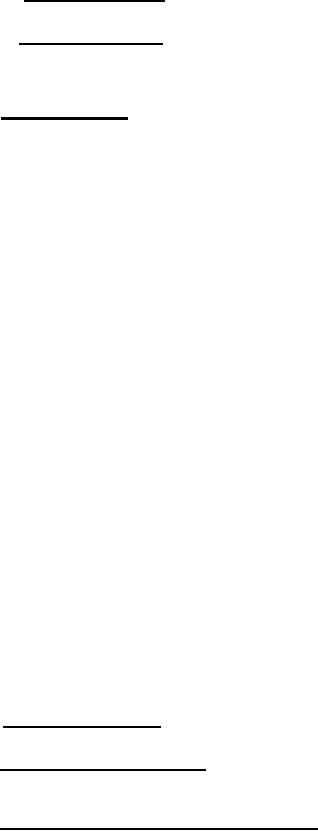 |
|||
|
|
|||
| ||||||||||
|
|  MIL-M-17413A(NAVY)
4.2.4.20.8 Field rheostat losses. -Field rheostat losses shall be included in the losses of the
motor.
4.2.4.20.9 Miscellaneous losses. - When a separately driven blower supplies air to a single motor,
the power required to drive it shall be charged against the motor; but when one or more separately driven
blowers supply air through a single duct to two or more motors, the power required to drive the blower or
blowers shall be charged against the plant or station and not against the single motor.
4.2.4.21 Inclined operation. -
4.2.4.21.1 The inclination tests for horizontal motors shall, in general, cover the following test
positions:
(a) Surface vessels motors:
For sleeve-bearing motors:
Shaft inclined 15 degrees, front end low.
Shaft inclined 15 degrees, rear end low.
Shaft horizontal, motor base tilted 15 degrees to the right.
Shaft horizontal, motor base tilted 15 degrees to the left.
For ball-bearing and roller-bearing motors:
Shaft inclined 15 degrees, front end low.
Shaft inclined 15 degrees, rear end low.
(b) Submarine motors: Same as 4.2.4 .21.1 (a) except that inclination shall
be at 30 degrees.
4.2.4.21.2 Under each of the positions of inclination specified in 4. 2.4.21.1 the motor shall
run for a period of not less than 30 minutes for surface vessel motors and 1 hour for Submarine motors.
This test may be made on the combined motor driven auxliary. The combined motor-driven auxiliary shall
be run at not less than its maximum service speed, and the driven auxiliary need not be loaded. During
the progress of these tests it shall be ascertained that the mechanical balance is as good as it was in the
normal horizontal position, that there is no pounding or grinding at the bearings, and that the lubrication is
satisfactory. If the motor is provided with oil-ring lubrication It shall be ascertained that the rings do
not rub or strike against the sides or ends of the oil well, that they do not "dance" or show pronouced
irregularity of movement, and that the shaft does not sling oil into the motor. For submarine motors the
bearing or lubricating oil temperature at the completion of test shall be recorded and shown, on the drawing.
4.2.4.21.3 Vertical motors shall be tested by inclining them to an angle of 15 degrees for surface
vessels motors and 30 degrees for submarine motors from their normal position, in any direction (that
direction which imposes the most service condition, if there be any dissymmetry) and for a period of
30 minutes for surface vessel motors and 1 hour for submarine motors. If desired, this test may be made
on the combined unit used for the special operating test. (Vertical motor-driven auxiliaries shall be tested
by inclining them to an angle of 15 degrees for surface vessel unitts and 30 degrees for submarie units
from their normal horizontal position, in each of four different directions; namely, (a) forward,
(b) backward, (c) to the right, and (d) to the left. Observations shall be made as specified in 4.2.4.21 2
for horizontal motors and combined motor-driven auxiliaries.)
4.2.4.21.4 The suitability of motor-driven auxiliaries for operation when a vessel is rolling
45 degrees for surface vessels and 60 degrees for submarine, motors to either side shall be determined by
inspection of design.
4.2.4.22 High-impact shock test. - The tests shall be as specified in Specification MIL-S-901. The
features of the test shall be as follows:
(a) The required type of shock test. - Type A.
(b) The weight designation of the shock test. - As requires by the motor. If the motor shaft
in application will be required to support 3 heavy weight such as a clutch-type coupling
Motive power for various auxiliaries.
(c) Principal functions of the equipment or apparatus. -
40
|
|
Privacy Statement - Press Release - Copyright Information. - Contact Us |